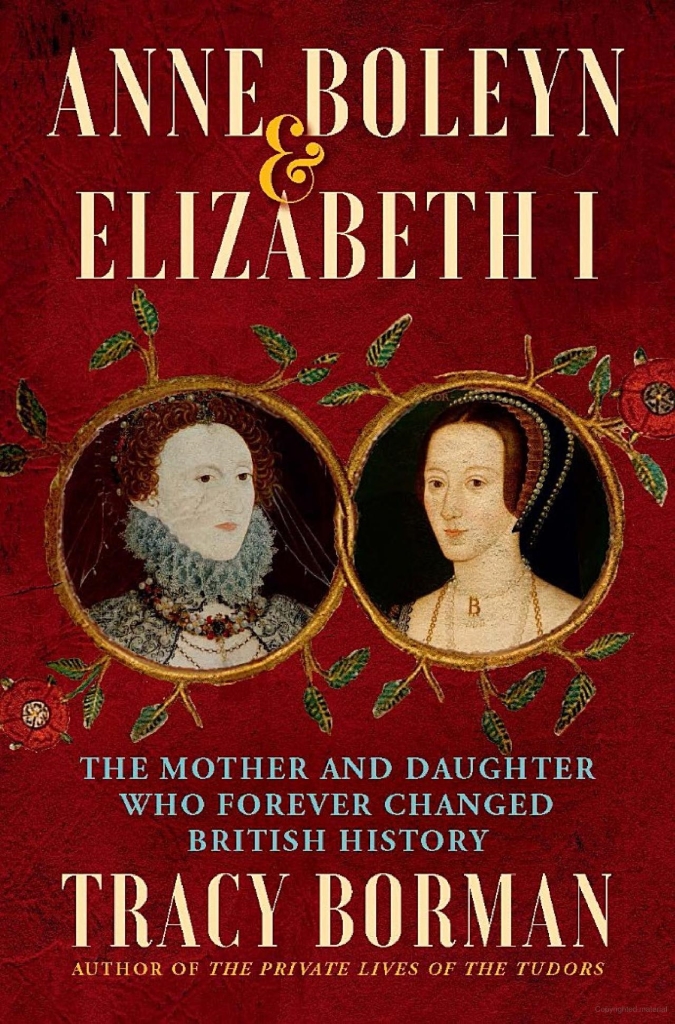When Anne Boleyn was beheaded in 1536 on the orders of her husband, King Henry VIII, she left behind a country that had been profoundly changed due to her role as its queen. She also left behind a daughter who would become one of England’s most famous and influential rulers. In many ways, Elizabeth I appears as the opposite of her mother. While Anne reigned as queen consort for only three years, Elizabeth I’s rule saw a forty-five year golden age of history. Anne’s life and death were always recounted in the context of her husband, while Elizabeth infamously never married and remained fully in her power until her death in 1603.
It would be understandable to assume that the disgraced Anne who was executed when Elizabeth was a toddler would have little influence on the development of England’s future monarch. However, historian Tracy Borman describes how this was not the case in her dual biography, “Anne Boleyn & Elizabeth I: The Mother and Daughter Who Changed History.” Borman delves into the psychology of the two women, and explores how their experiences and personalities reflect one another, despite having such limited time together. She builds a compelling case for how Elizabeth truly was her mother’s daughter, for better and worse. The effect of losing her mother at a young age, at the hands of her father, and then being forbidden from openly mourning her while the rest of the world vilifies her, absolutely influenced Elizabeth’s behavior before and during her reign. A notable detail is a pendant belonging to Anne that Elizabeth wore in secret to honor her; there is a profound sentimentality to wearing your late mother’s jewelry that many in a modern audience can relate to.
Borman’s accessible writing style helps dismantle the mythology surrounding the two women, and she aims to paint a portrait of them that feels true to life, one honest about the remarkable circumstances they lived through and the historic changes they brought about in their respective times. Borman makes a point of illuminating both as their own persons, not just as they existed in the context of Henry VIII, while also drawing a connection between how Elizabeth lived her life and what she learned posthumously from Anne. I would recommend this book to anyone who has an interest in the Tudor dynasty, but especially to anyone looking for a biography that emphasizes the effect one person’s life can have on their children, and how that legacy manifests.
